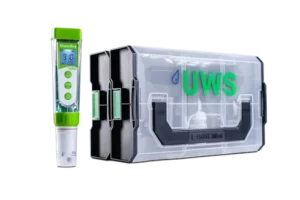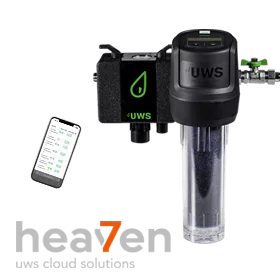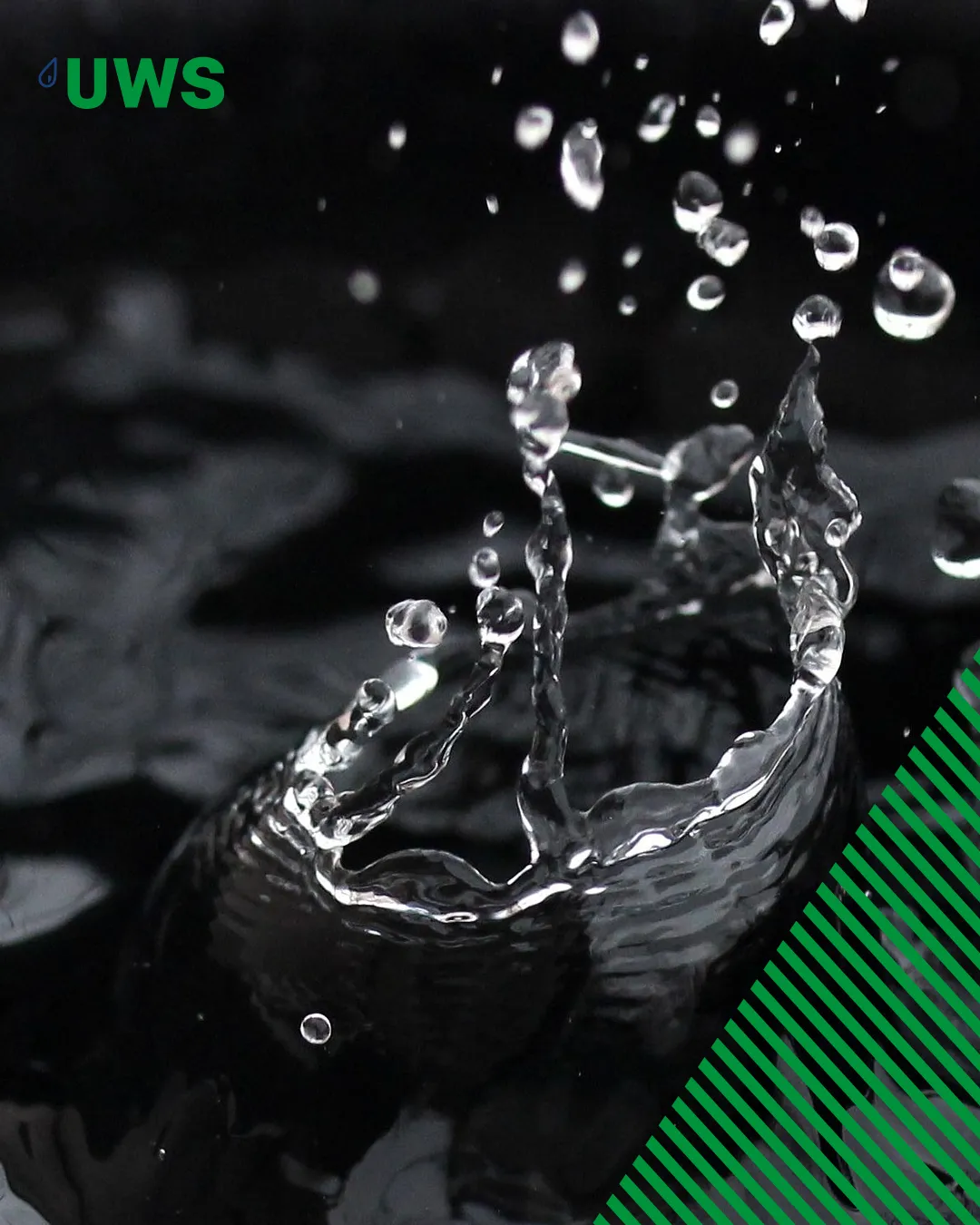Why heating water treatment is not a “can”, but a “must”
For all those who take responsibility for systems
Modern heating systems provide more efficiency, more control technology, more comfort – but they have also become more sensitive. If you simply fill them with tap water without checking it, you risk limescale damage, corrosion, magnetite sludge – and the failure of entire components in the long term.
The days of simply topping up with “any water” are over. Today:
Safe and standard-compliant operation is not possible without targeted heating water treatment.
What happens without water treatment?
If you do without preparation, you open the door to problems for the technology in several places:
Limescale formation due to high water hardness
If hard water is filled in untreated, limescale deposits form when it heats up – preferably on heat exchangers, control valves and pipes.
Result: efficiency drops, condensing boilers run inefficiently, pumps have to work harder.
Corrosion due to oxygen ingress
Rust forms in combination with ferrous materials. Even small amounts of dissolved oxygen are enough to cause material erosion and brown sludge in the heating circuit.
Consequences: magnetite sludge, clogged valves, blocked pumps.
Incorrect pH value = material attack
Both too low and too high pH values have a negative effect on the system. The tolerance window quickly becomes critical, especially in mixed installations. Depending on the material, a range between 8.2 and 10 is recommended, and between 8.2 and 9 for aluminum.
High conductivity = electrochemical risk
Dissolved salts act as a “bridge” between different metals in the system – electrical potential differences and corrosion occur.
Classic example: Pitting corrosion on the aluminum heat exchanger despite apparently clean water.
VDI 2035 is not an option, but the standard
The VDI Guideline 2035 formulates clear specifications for the quality of filling and make-up water:
- Total hardness: <0.3 °dH
- Conductivity: ≤ 100 µS/cm
- pH value: 8.2-10 depending on material, for aluminum 8.2 – 9
- Oxygen: <0.1 mg/l (closed system)
If you do not comply with these values, you risk losing your warranty – because most manufacturers base their conditions on these guidelines.
Why the topic is often underestimated
In practice, heating water is often treated as a “filling agent” – although it is the most important system component of all.
After all, what good is the best system technology if the water in it promotes corrosion?
Typical problem areas:
- No water quality check during initial filling
- Replenishment via the normal domestic water connection
- No documentation of the parameters
- No regular follow-up checks during maintenance
In the event of damage, the heating engineer is responsible.
What you can do as a specialist company
Professional heating water treatment is not rocket science – it can be implemented efficiently and legally compliant with the right tools:
Measuring instead of estimating
Use a digital measuring device, e.g. our WaterBoy, to check the conductivity and pH value precisely.

WaterBoy measuring case
The UWS WaterBoy measuring case contains everything the HVAC specialist needs to measure data in accordance with the VDI 2035, ÖNORM H 5195-1 and SWKI BT 102-01 standards in two L-BOXXES.To the product
Desalting instead of just softening
Use full demineralization with mixed bed resin (e.g. Vadion pH-Control) to remove all ions and achieve standard water values.

Mixed bed resin Vadion pH-Control
Our Vadion pH-Control is a mixed bed resin that not only desalinates the water to < 100 μS/cm (equivalent to 0-2 °fh) but also ensures that the pH value of the filling water is within the required range.To the product
Secure the backfeed
Use permanently installed make-up units with system separators in accordance with EN 1717 (e.g. our Heaty Complete Advanced / PROfessional) in order to have make-up water permanently under control.

Heaty Complete PROfessional
The Heaty Complete PROfessional is the world’s first smart IoT top-up system incl. Cloud connection – fully automatic, leakage protection and digital water meter.To the product
Document and check
Keep a system log at the customer’s premises with all measured values – this protects you in the event of a warranty claim and creates trust.
Conclusion: Heating water determines function and service life
Heating water is not a side issue – it is an active operating resource.
If you ignore it, you risk a loss of efficiency, corrosion and breakdowns. Those who treat it ensure safe, long-lasting and low-maintenance operation.
Featured photo: Adina Voicu(Pixabay)



